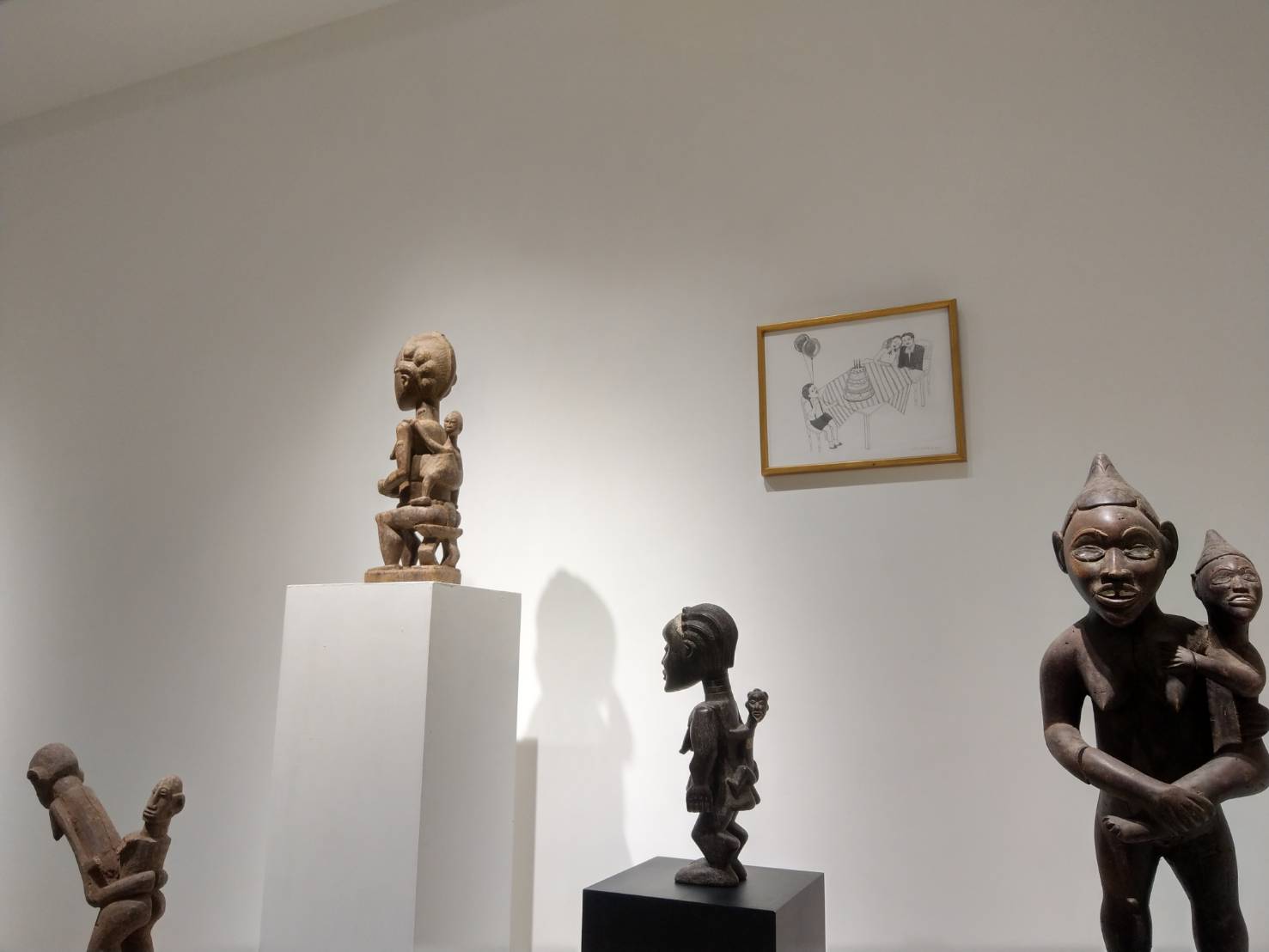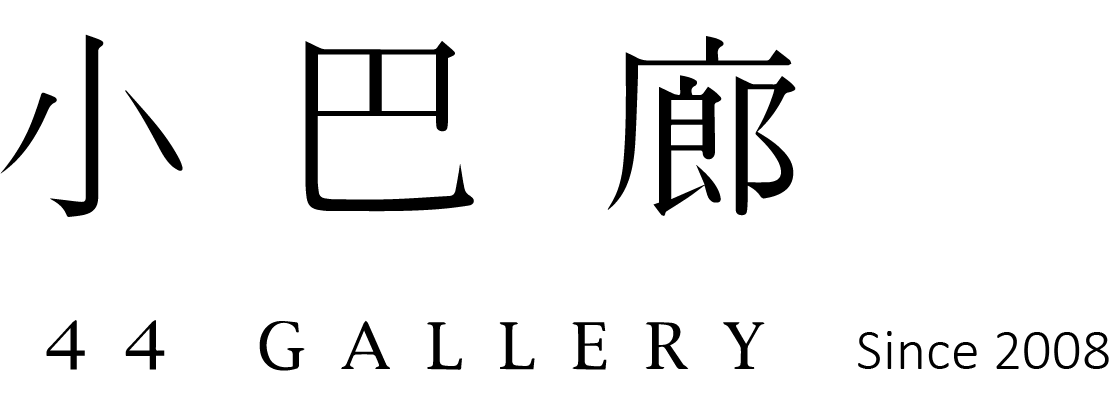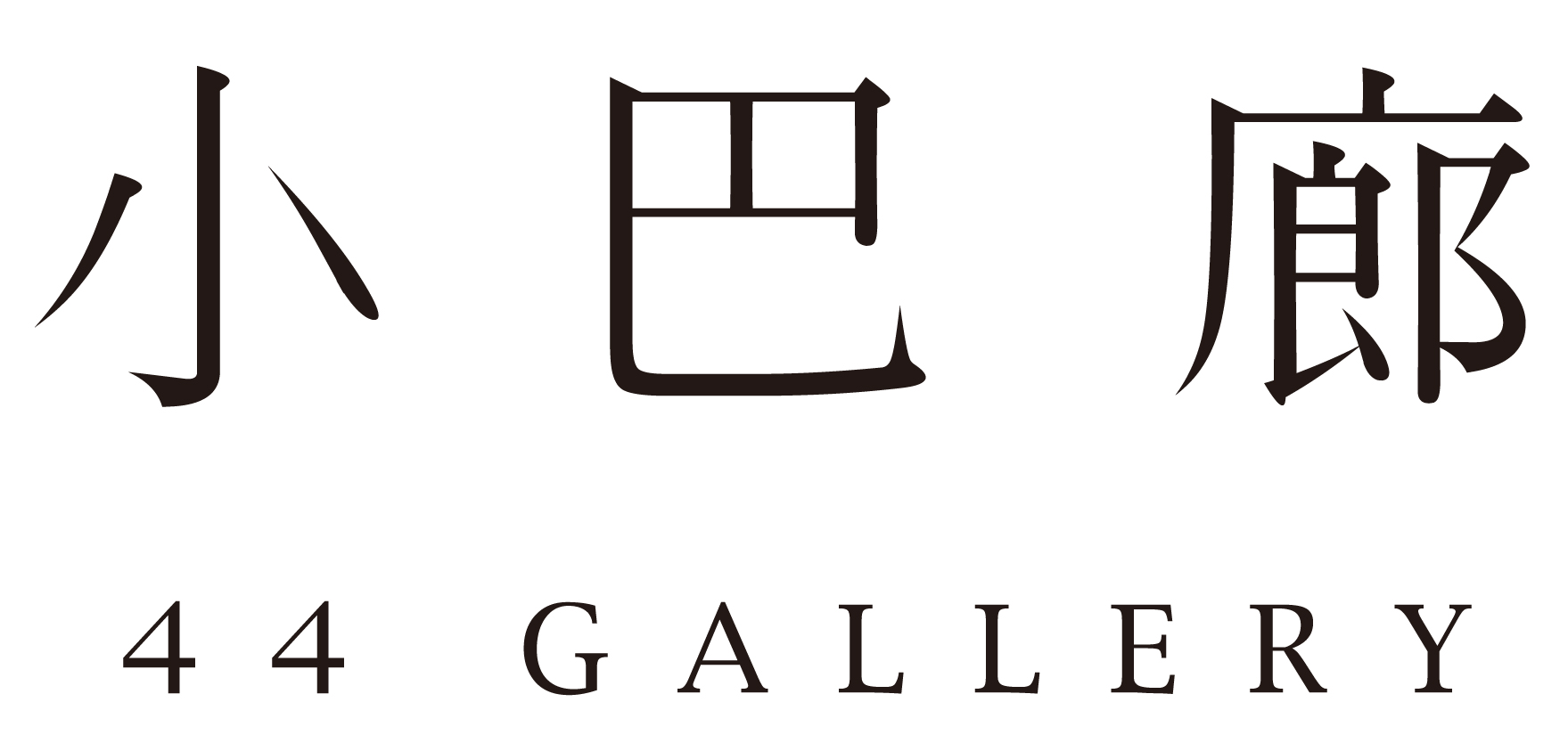『我和你 - 母與子 』 主題展
2019.5.4 - 5.25
但丁:“世界上有一種美麗的聲音,那便是母親的呼喚。”A mother’s voice is the most beautiful sound in the world. ”── Dante Alighieri, (1265-1321).
以母與子作為題材遍佈世界,母愛是生物延續的基礎,是最具本能情感的自然因素,是人類社會乃至自然界生物的生命傳承的一種天性。在藝術史中,“母與子”題材是一對經典的藝術形象,伴隨著人類社會發展和需求,結合社會背景,思想文化、藝術家人生經歷等方面,“母與子”在不同時代的審美影響下都在發生變化,所傳達作用也是各不相同。
較多中世紀作品,描繪母與子的畫面最多,而且跟基督教關係密切,聖母與聖嬰是最受歡迎的宗教題材之一。文藝復興時代的宗教繪畫表現得很人間化,常把神聖家庭描繪成平民的模樣。如: 米開朗基羅 - 聖母與聖嬰像,達文西 - 聖母、聖嬰和聖安娜,而藝術家 畢卡索、雷諾瓦、米勒....等,也曾結合自身經歷描繪出母親與孩子間深情的互動。
對於非洲部落,母與子象徵孕育的形式不僅是常採用的題材也是非洲藝術的代表。在非洲部落社會裡,女性所扮演家計重任、傳宗接代,製備日常衣食並主持家務,等孩子出來後,由母親哺乳、餵食,對生育的渴望和對母性敬仰是非洲社會普遍流行的習俗。
非洲木雕的母與子裡,緊繫母親,透露出幼年時對母親的需要,孩子對母親的依賴。原始藝術透過純粹的造型,最真實的感覺,表現出母親愛的光輝,直及人心最深處的感動 。
雕刻家對女性形象的造型非常大膽,微翹的臀部、豐滿的乳房、提起的腹部等,都瀰漫著一種原始淳樸的自然之美。 它代表的是生命,是非洲人對“生命力”崇拜的形象的反映和體現,
因此“母與子”成為非洲雕像中非常經典的題材,是一個傳承,孕育的象徵,可以感受到嚴謹的表達期待家族壯大,顯赫的傳承。造型生動而富於變化,流淌著母子間不同的微妙動作,是現實生活的寫照,又具精神力量的支撐,部落作品可以單純的從一些細微去理解它的含意,整體看來同時具有相當的美感。
The theme of mother and child spans the globe, as motherly love is the foundation of biological continuation. It is the most instinctual emotional natural factor and a fundamental aspect of life transmission in both human society and the natural world. In the history of art, the "mother and child" theme is a classic artistic image that evolves alongside the development and needs of human society, incorporating social context, cultural thoughts, and the personal experiences of artists. Under the aesthetic influences of different eras, "mother and child" changes over time, and the roles and messages conveyed by these works vary accordingly.
Many medieval works depict the mother and child, and this theme is closely related to Christianity, with the Virgin and the Child being one of the most popular religious subjects. During the Renaissance, religious paintings were humanized, often depicting the Holy Family as common folk. For example: Michelangelo's Virgin and Child, Leonardo da Vinci's Virgin, Child, and St. Anne, and artists like Picasso, Renoir, and Millet also depicted the deep interaction between mother and child, drawing from their own personal experiences.
In African tribes, the symbol of mother and child as a form of nurturing is not only a common subject but also a representative of African art. In African tribal society, women play a crucial role in managing household responsibilities, ensuring the continuation of the family line, preparing food and clothing, and taking care of the family. After a child is born, the mother breastfeeds and cares for the infant. The desire for fertility and reverence for motherhood are prevalent customs in African society.
In African wood carvings, depictions of mother and child reveal the close bond between mother and child, with the child’s dependence on the mother being evident. Primitive art, through its pure form and raw feeling, expresses the radiant love of a mother, deeply moving the heart. The sculptors’ depictions of the female form are bold, with slightly raised hips, full breasts, and prominent abdomens, all emanating a natural, primal beauty. These figures represent life itself and are a reflection and embodiment of the African worship of "vitality." Therefore, "mother and child" has become a classic theme in African sculptures, symbolizing inheritance and nurturing. It expresses the hope for a thriving family and the continuation of the lineage. The figures are vivid, full of subtle movements, reflecting everyday life while carrying spiritual strength. Tribal artworks can be understood through these details, and when viewed as a whole, they exude great beauty.





